With the global transition toward green and low-carbon development, recyclable and reusable labels have become a critical focus for brands and supply chains to address. The United Nations Environment Programme (UNEP) and the European Union Packaging Waste Directive (PPWD) require packaging materials, labels, and adhesives to inherently possess the attributes of “easy to recycle, low-carbon and environmentally friendly, and no residual pollution” from the source. How is silicone pressure-sensitive adhesive applied in the field of recyclable label packaging?
The global packaging market is projected to exceed 1.2 trillion USD by 2025, with rapid annual growth in demand for recyclable labels and eco-friendly pressure-sensitive adhesives. Traditional label adhesives, especially solvent-based adhesives and rubber-based adhesives, suffer from significant drawbacks such as difficulty in removal, residue contamination, non-reusability, and potential migration safety risks. Silicone pressure-sensitive adhesives (commonly referred to as silicone PSA in the industry) are formulated with unique adhesive properties and low-carbon environmental attributes, offering excellent initial tack, customizable and long-term stable adhesion performance, suitability for harsh environments, and are increasingly becoming the mainstream choice in the industry for a wide array of recyclable label applications.
There are eight aspects to introducing silicone PSA:
- What are the functional requirements for recyclable packaging labels?
- What are the drawbacks of traditional materials?
- What are silicone pressure-sensitive adhesives?
- What are the advantages of silicone pressure-sensitive adhesives in packaging labels?
- How does silicone pressure-sensitive adhesive enhance recyclable packaging labels?
- What are the advantages of silicone pressure-sensitive adhesives compared to traditional adhesives?
- What are the applications of recyclable labels?
- How to improve the performance of silicone pressure-sensitive adhesives?
1. What are the functional requirements for recyclable packaging labels?
(1) Information identification and anti-counterfeiting traceability: Record product origin, batch, and production information to enhance brand authenticity and facilitate recycling traceability.
(2) Aesthetics and consumer experience: No adhesive residue or contamination on the packaging surface, ensuring a clean and clear appearance.
(3) Easy to peel off/replace, improving reusability and recycling efficiency. Ideal for protective films, films, and labels designed for rapid and residue-free removal.
(4) Mechanical and environmental durability, ensuring no peeling off during high-temperature and high-humidity transportation or under vibration.
(5) Compatibility with various substrates, supporting automated labeling, intelligent management, and ensuring reliable adherence to plastics, metal, glass, and cardboard for a broad range of applications.
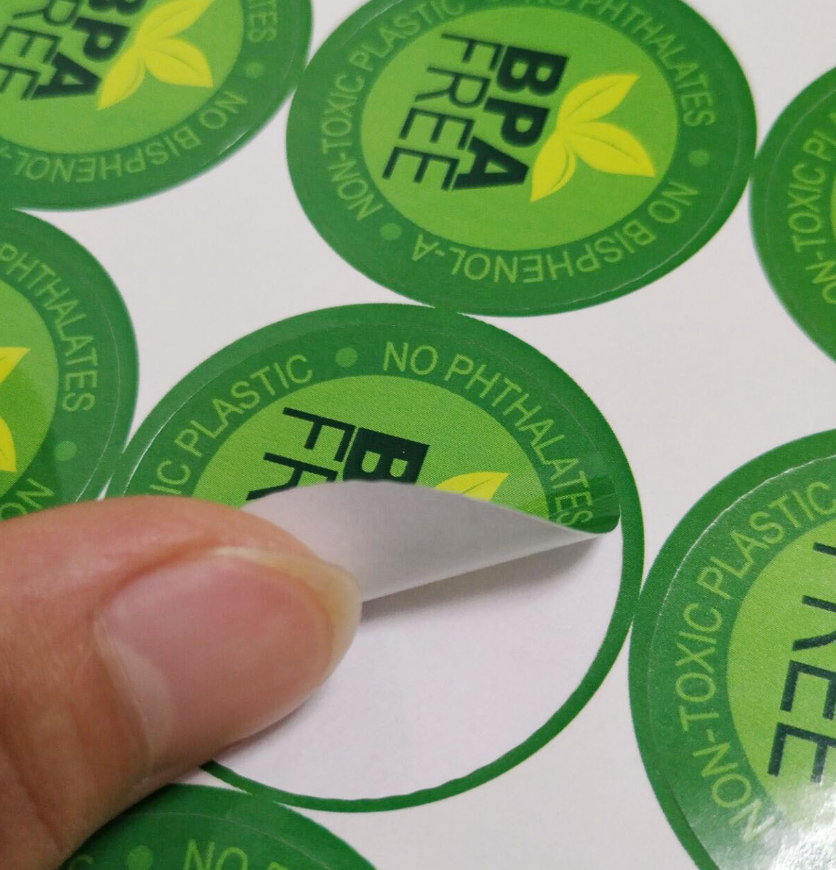
2. What are the drawbacks of traditional materials?
(1) Residual adhesive residue: Mainstream acrylic/rubber-based adhesives and conventional tapes have high viscosity, leaving adhesive stains after removal that disrupt recycling processes and contaminate substrates such as metal or plastic.
(2) Migration and solvent risks: Some adhesives may migrate into packaging contents or release harmful solvents, affecting food and pharmaceutical safety—particularly problematic compared to the chemical resistance of silicone PSA.
(3) Insufficient weather resistance: Conventional adhesive films are prone to aging, yellowing, and loss of adhesion, leading to label peeling or difficulty in separation when exposed to heat or moisture.
(4) Uncontrollable peel strength: Strongly adhered labels are difficult to sort, while weakly adhered labels are prone to peeling, resulting in low efficiency in the recycling process and reliability concerns.
(5) Environmental compliance pressure: Non-biodegradable and high VOC content, making it difficult to meet green market regulations in regions such as Europe and the United States; some formulations may also foster biological attack.
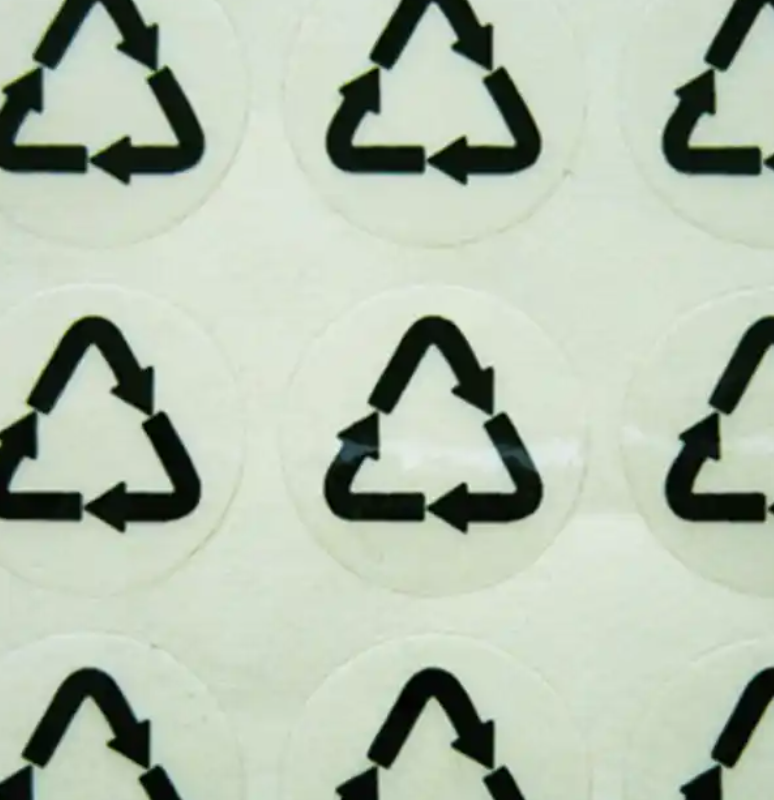
The industry urgently needs a new type of environmentally friendly, high-performance, and easily recyclable label adhesive system, and silicone pressure sensitive adhesives (PSA) are aligning with this trend and are commonly developed for both industrial and medical devices labelling.
3. What are silicone pressure-sensitive adhesives?
Silicone pressure-sensitive adhesives are a type of high-end adhesive primarily composed of polysiloxane chains, modified with functional side chains such as organic groups. This product forms a stable bond under light pressure at room temperature, facilitating automated labeling and manual rapid processing—a benefit widely proven in both industrial and medical device applications.
XJY-301 Silicone pressure-sensitive adhesives
It is made from the specific structure of silicone resin and high molecular weight polydimethylsiloxane in cooperation with organic adhesive, which is suitable for specific scene conditions.
Compared with natural rubber, it is characterized by heat resistance, high stability, good electric insulation, good transparency, high peel adhesion, and chemical resistance etc. It has a wide range of applications in industrial product processing, electronic processing, optical materials, health care, and mica tapes, splicing tapes, protective films, and other fields.
(1) Features a Si-O-Si backbone with embedded organic groups such as methyl and phenyl groups, forming the core of modern silicone rubber technology.
(2) High molecular chain flexibility and moderate intermolecular forces, enabling easy control of initial tack and strong adhesion with robust chemical resistance.
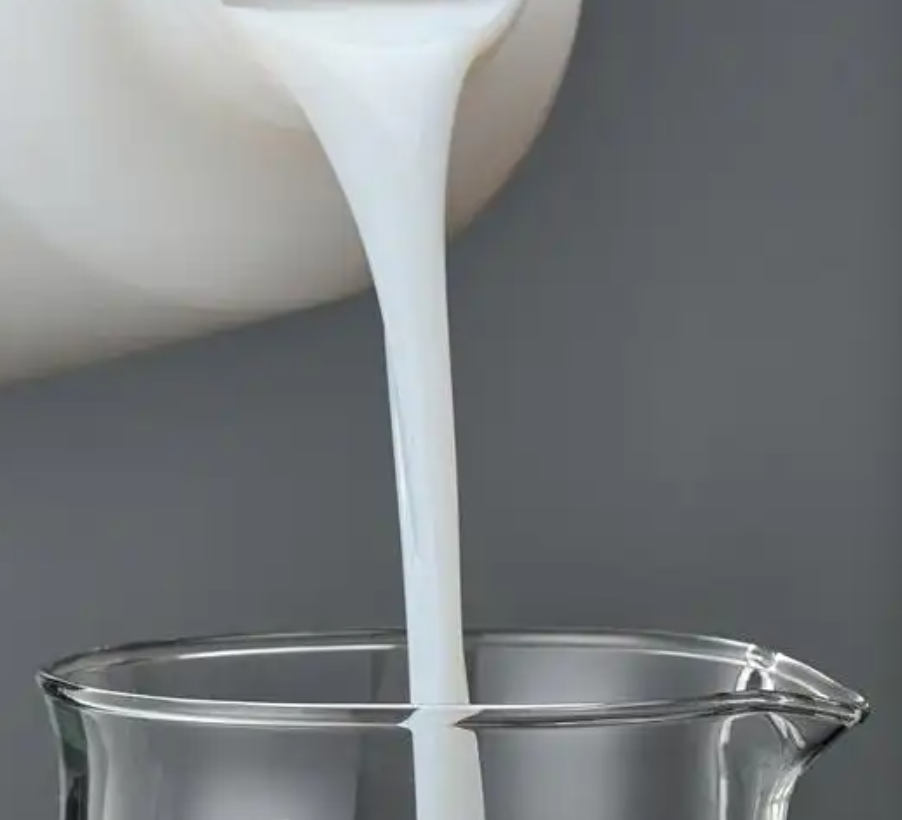
(3) Highly cross-linked three-dimensional network or linear structure, providing excellent thermal stability in a wide range of temperatures, including extreme temperatures common to both industrial and automotive environments.
(4) Low surface energy, ensuring uniform distribution of the adhesive film and clean peeling—key for labels, coated films, and tapes.
(5) Can be surface-modified or combined with primer and additive to impart functions such as anti-migration, low moisture absorption, anti-static properties, and enhanced peel adhesion across a broad range of substrates.
Features:
(1) Strong initial tack, suitable for high-speed automatic labeling lines and continuous roll-to-roll processing.
(2) Shear adhesion and peel adhesion strength can be precisely adjusted according to application or substrate, whether for heavy-duty automotive or lightweight consumer packaging.
(3) High-temperature resistance (>200°C) and low-temperature resistance (-40°C) with long-term stability, ideal for applications enduring harsh environments or extreme service conditions.
(4) Moisture-resistant, aging-resistant, UV-resistant, and maintains reliability in vibration or movement, without deformation or loss of adhesion, even in industrial and automotive applications.
(5) Leaves no residue or contamination after removal, facilitating recycling, reuse, and compliance with increasingly rigorous environmental standards.
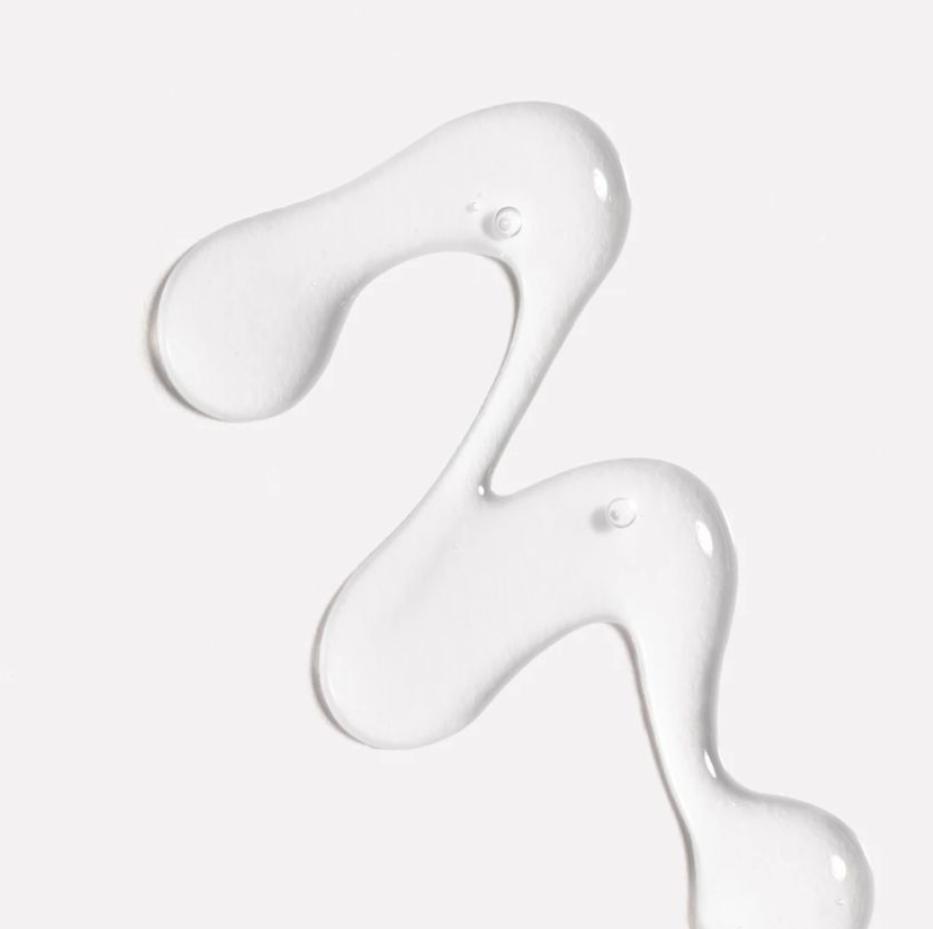
4. What are the advantages of silicone pressure-sensitive adhesives in packaging labels?
(1) Excellent initial adhesion and shear strength
Silicone pressure-sensitive adhesives have stable physical properties, strong adhesion, and can quickly form effective bonds during automated spraying, dispensing, or roller coating processes without requiring special heating or pressure. These pressure-sensitive adhesives are developed to maximize cured bond reliability. The shear strength can be flexibly adjusted according to the packaging material and process parameters, ensuring adherence during storage and transport.
(2) Easy to peel off, promoting packaging recyclability
When peeled, the adhesive film separates cleanly from the substrate surface without residue—even with multiple applications and removals—an advantage over traditional solvent-based adhesives.
Extremely low migration reduces the risk of adhesive contaminants under high humidity or temperature cycles, and supports a wider array of recyclable label and film categories (plastic, metal, paper, etc).
Supports tiered recycling: labels can be disassembled in dedicated recycling processes, enabling seamless and pollution-free recycling of plastic bottles, paper boxes, metal cans, and other packaging without complex sorting or washing.
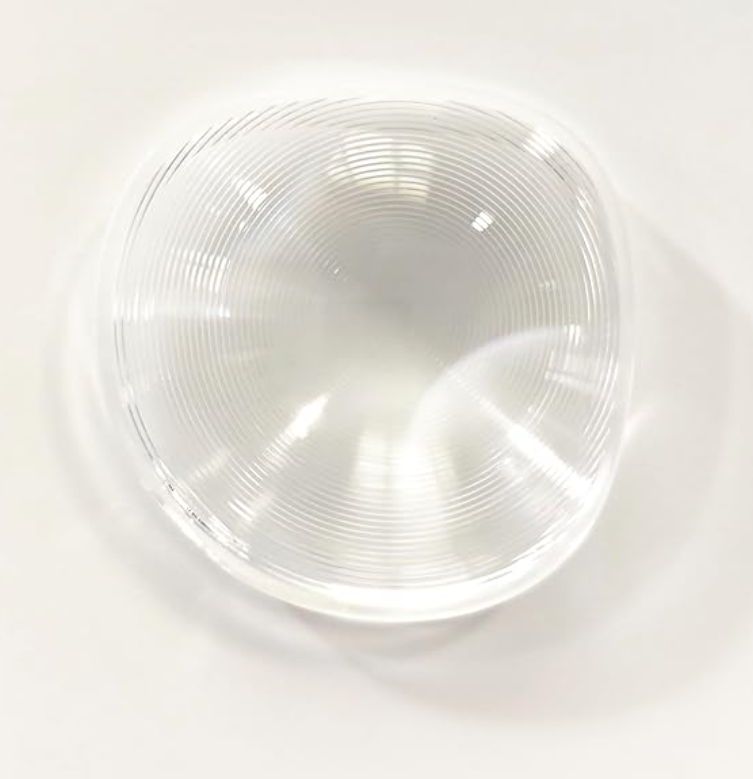
(3) Excellent heat resistance, cold resistance, and environmental stability
The silicone main chain structure ensures high-temperature resistance (>200°C), low-temperature resistance (<-40°C), UV resistance, and moisture resistance, making it suitable for a wide range of packaging applications and extreme environments, including medical device labeling and outdoor logistics.
(4) No residue, low migration, and enhanced aesthetics
After peeling, the substrate surface leaves no adhesive residue, no yellowing, and no contamination, ensuring the long-term aesthetic appeal of high-end brand packaging without risks of biological attack. There is no low-molecular-weight volatilization, making it especially suitable for food, healthcare, and pharmaceutical packaging.
(5) Suitable for various substrates (plastic, metal, glass, paper, etc.)
Silicone pressure-sensitive adhesive provides stable, durable, and controllable peelability across a wide array of substrate types, from PET to PE, PVC to coated cardboard, making it ideal for both industrial and consumer applications.
(6) Safe, low allergenicity, environmentally friendly, and non-toxic
The entire silicone pressure-sensitive product is formulated using raw materials and manufacturing processes free from halogens, heavy metals, and toxic solvents, achieving compliance with a range of international green standards and chemical resistance requirements.
5. How does silicone pressure-sensitive adhesive enhance recyclable packaging labels?
5.1 Facilitating recycling separation and improving recycling efficiency
Easy to peel with no residue, pressure-sensitive adhesives like silicone PSA dramatically simplify materials sorting and improve throughput for recycling operations involving a variety of containers, films, or tapes.
5.2 Supporting intelligent label management and logistics upgrades
Silicone pressure-sensitive adhesives are now commonly developed for use with RFID/NFC smart labels, enhancing supply chain digitization, real-time tracking, and intelligent inventory and label management. Labels remain securely adhered until intentional removal is desired.
5.3 Reducing Environmental Burden and Carbon Emissions Across the Supply Chain
Easy peel-off with minimal residue reduces wash water and chemical usage in the recycling process, while low volatility ensures minimal environmental exposure. These advantages align with global carbon and green responsibility targets and illustrate the broader value of pressure-sensitive adhesives in other applications like protective films.
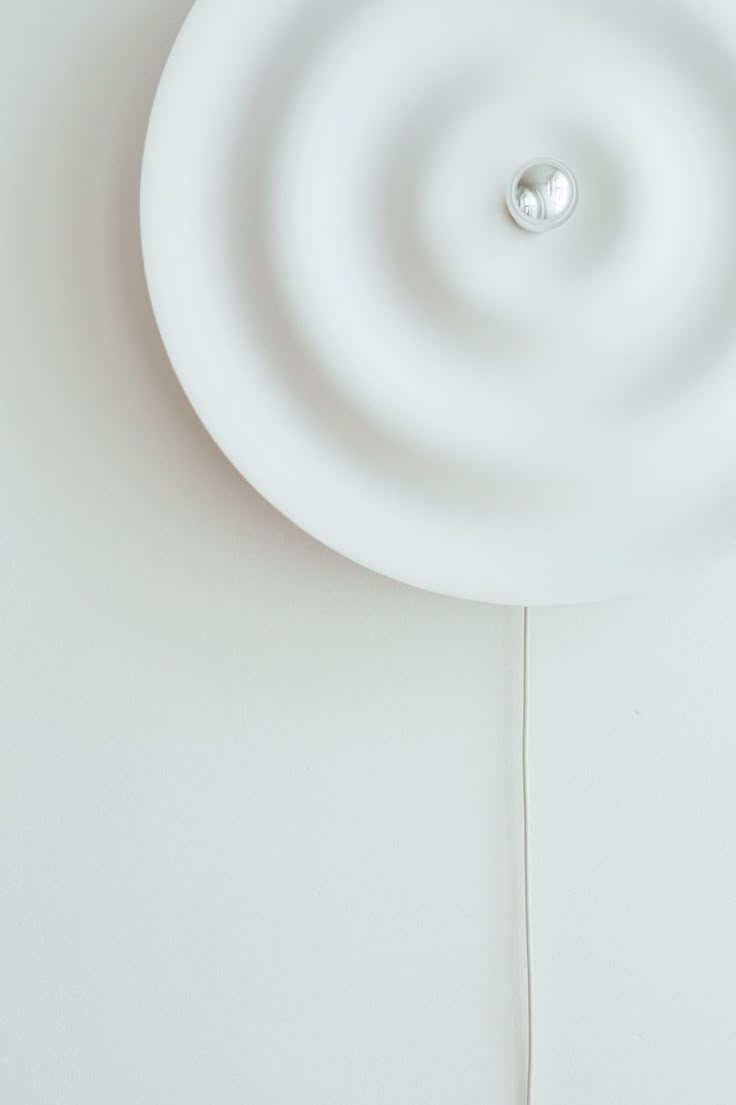
5.4 Meeting Global Regulatory and Market Green Thresholds
Silicone pressure-sensitive adhesives help brands pass regulatory reviews and certifications for emissions, residue, and exposure—gaining favorable positioning in the EU, US, and Japanese markets, and facilitating their use in prepared films, tapes, and labels for a wide range of products.
6. What are the advantages of silicone pressure-sensitive adhesives compared to traditional adhesives?
Silicone PSA excels in extremely low peel residue, high chemical resistance, and performance reliability in harsh environments such as temperature extremes or vibration.
Adhesive properties: Strong initial and sustained tack, controllable cure and peel adhesion suitable for protective films, automotive, tapes, and coated labels.
Wide array of substrates: Excellent adherence to plastics, films, labels, foils, glass, metal, etc., unlike rubber or acrylic adhesives that may have limitations or require special surface primer/additive.
Environmental resistance: Outstanding moisture resistance, UV stability, little biological attack, and reliable performance at extreme temperatures.
Customization and suitability for industrial, automotive, medical devices, and other applications: Easy to formulate for different applications and environmental demands, including tapes and protective films for industrial equipment or medical devices labelling.
Environmental credentials: Low VOC, non-toxic, non-damaging to recycling operations, and pass the most demanding global regulatory standards.
In contrast, traditional adhesives (acrylic, rubber, or solvent-based) may lack such a wide performance range, reliability, and leave problematic residues or degrade in harsh environments.

7. What are the applications of recyclable labels?
7.1 Recyclable labels for food and beverage containers
Silicone pressure-sensitive adhesive labels offer easy-to-peel, residue-free removal for bottles, cans, jars, and protective films, vastly improving recycling rates, and are suitable for a wide array of containers and films, even under extreme temperatures.
7.2 Traceability labels for cosmetics and pharmaceutical packaging
With silicone rubber-based PSA, traceability and information labels for glass, plastic, and metal packaging are removable, residue-free, and comply with strict medical and pharmaceutical standards for contact and migration.
7.3 Anti-counterfeiting and peelable labels for electronic products
For high-end electronics and automotive components, silicone PSA ensures that smart labels, films, and tapes can be easily peeled and replaced without damage or residue, facilitating subsequent component disassembly and recycling. This also ensures reliable tracking and traceability for electronic components and other industrial or automotive devices.
7.4 Logistics, Transportation, and Smart Tracking Labels
High-strength recyclable silicone PSA films and labels are suitable for use on pallets, metal crates, reusable boxes, tapes, and a wide array of industrial logistics accessories, supporting rapid label replacement and automated tracking in harsh environments or variable temperatures.
8. How to improve the performance of silicone pressure-sensitive adhesives?
Silicone pressure-sensitive adhesives developed for recyclable label applications offer extremely low peel residue, outstanding adherence, and weather resistance in both harsh and mild conditions. Their pressure-sensitive, solvent-free formulations are suitable for a wide range of flexible and rigid substrates and films, and can be further enhanced with the right additive or primer for challenging applications. For advanced applications (medical devices, automotive, tapes, and industrial packaging), silicone PSA may be tailored for strong adhesion, low tack or high peel adhesion, moisture resistance, chemical resistance, or low-temperature cure, depending on need. This wide adaptability, plus the ability to easily pass global regulatory certifications, ensures silicone PSA’s suitability for future-oriented, sustainable packaging, sealing, protective films, and other advanced pressure-sensitive adhesive applications. How to enhance product competitiveness?
XJY Silicones is one of China's leading manufacturers of silicone MQ resins and VMQ silicones, with over 30 years of R&D and manufacturing experience in the organic silicone industry, as well as over 15 related patents and technical support. Our silicone raw material products can meet the needs of the pressure-sensitive adhesive industry and support the provision of diverse customized solutions.
